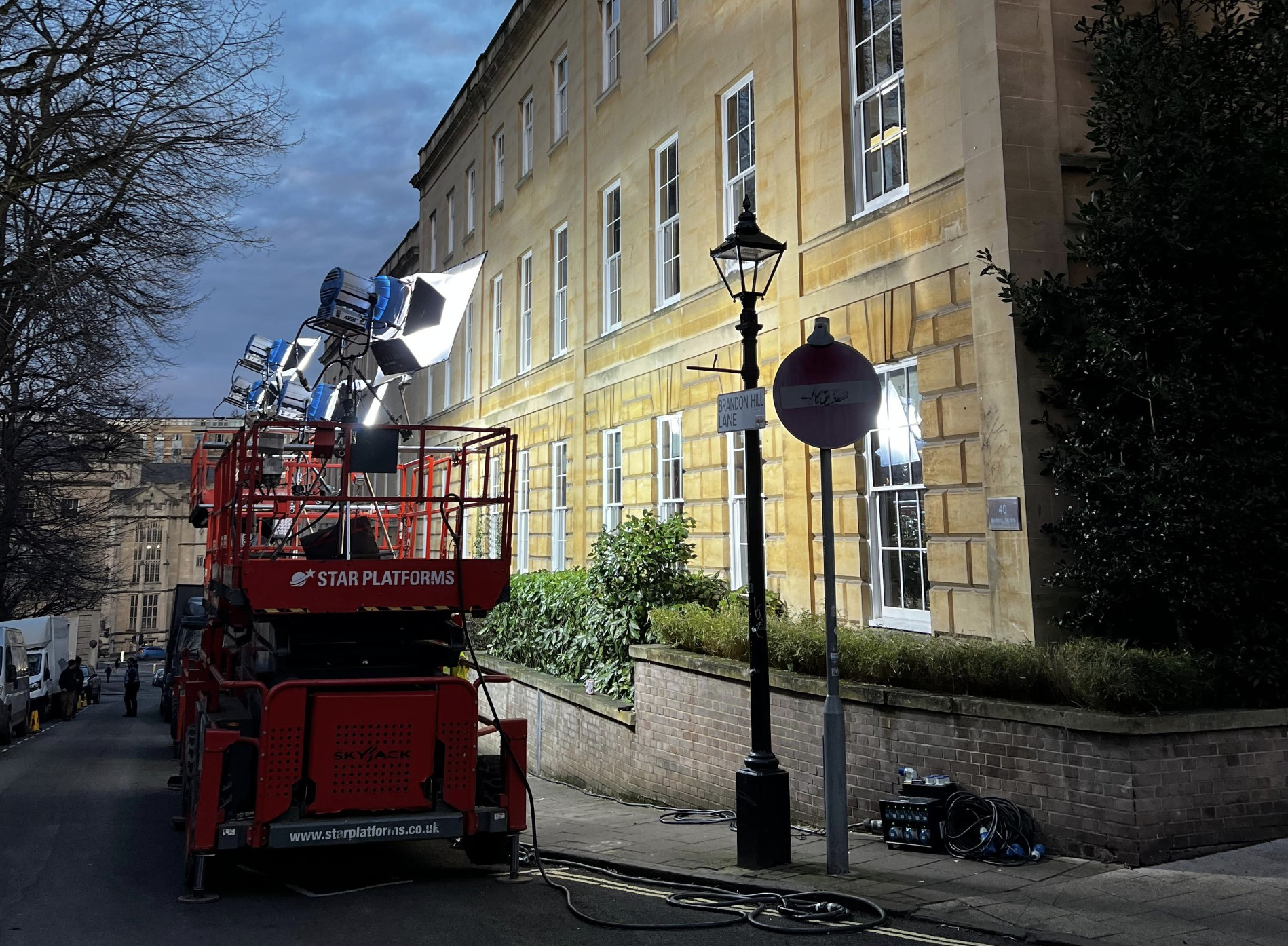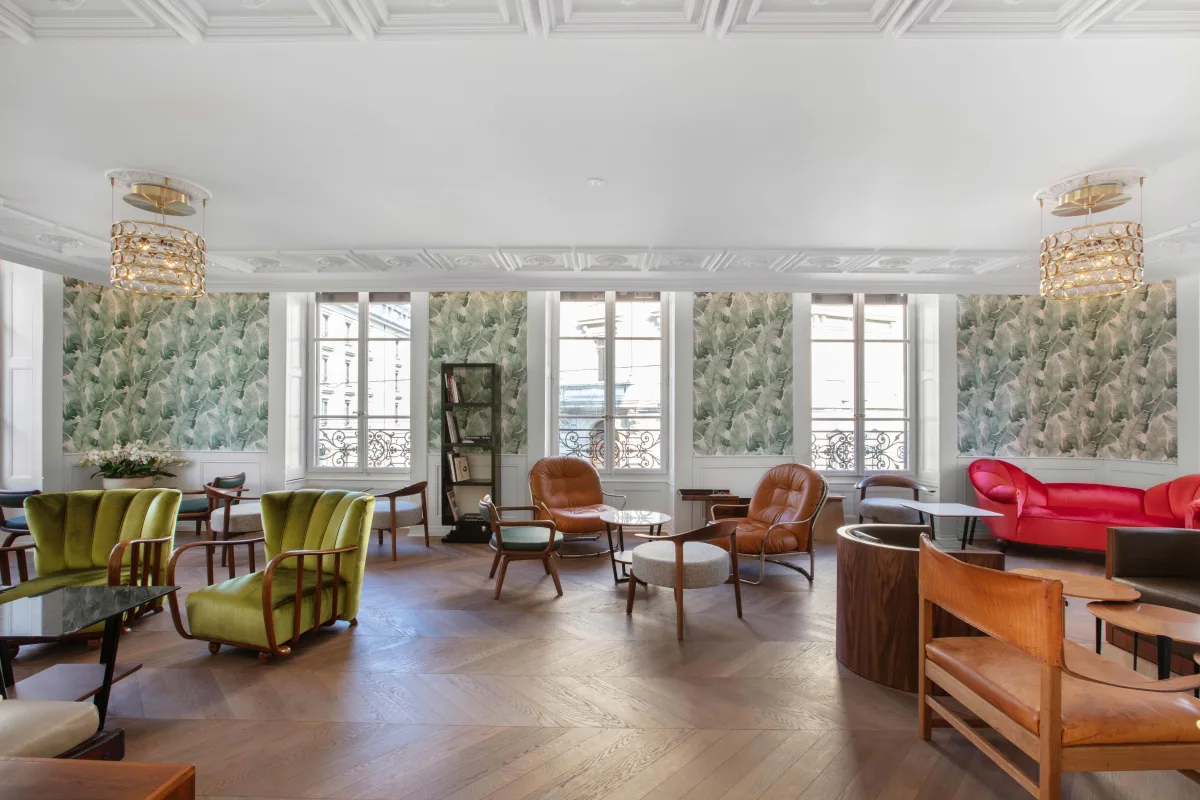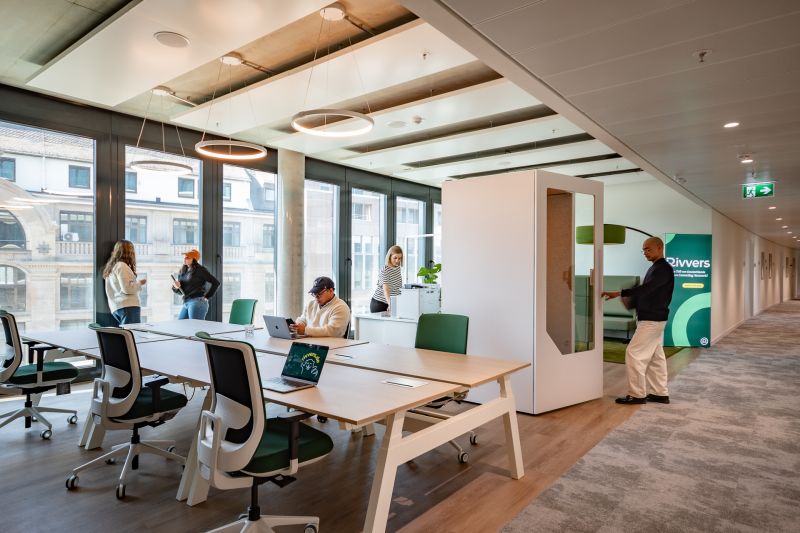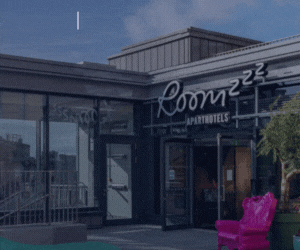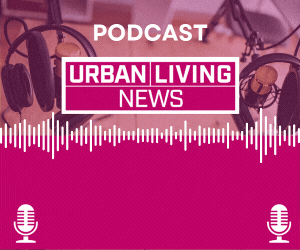Its increasing prominence today may lead some to believe that flexible workspace is a new concept, but it has a legacy that goes back half a century, says, Jane Sartin, executive director of The Flexible Space Association.
It was in the 1970s that business centres and serviced offices began to appear in the UK, enabling small businesses to base themselves in professional office space with shared facilities for staff.
They have since become part of the urban landscape in every town and city across the UK, and part of a broader mix of flexible workspace. Alongside serviced offices and business centres, we have managed offices and coworking spaces, and also meeting rooms, fitness rooms and even podcast studios for hire. Workshop units on flexible terms form part of the community of flexible workspace, often sitting alongside office space. In fact, a report by Knight Frank shared that 80% of senior executives at 120 global companies expect to use more collaborative space over the next three years.
As the demand for retail space declines, flexible workspace is playing a growing part in the usage mix of town and city centre buildings.
For many years, House of Fraser occupied the impressive 68 King William Street in the heart of London. The demise of the department store chain led to a transformation of the building, which includes flexible workspace operator Halkin offering beautifully designed offices, coworking space and meeting rooms over 30,000 square feet across four floors.
Meanwhile, Patch describes itself as “your neighbourhood workspace”. The business has so far transformed a brewery in Chelmsford, a former library in High Wycombe and a town centre Electricity Board building in Twickenham to dynamic spaces for work and events. Patch is now preparing to open in a former department store in Bournemouth.
To go smaller still, coworking spaces have sprung up in towns and villages, often in small parts of other premises. They enable people who might otherwise be working alone at home to have somewhere to go with a ready-made community, a place to focus and the potential to develop new business opportunities with others.
New flexible workspace operators are springing up to meet demand (82 per cent of businesses have changed their office space needs to accommodate a flexible working approach),and many of those with a long history in the sector are expanding to new locations. It’s a sector that’s difficult to pigeon-hole – part commercial real estate, but also substantially a service industry. It is common to find those working within it having a background in hospitality, with high standards of customer service playing a key role in the success of flexible workspaces.
The pandemic left its legacy on working life. For some, this meant a permanent shift to working from home. However, for the majority of office-based workers it has resulted in hybrid working, with their week split between home and office. Home working isn’t practical or desirable for everyone, but a commute might mean their working days are spent at a corporate office and local coworking space.
This is just one of many factors which have resulted in the growth of flexible workspace. Often design-led and able to re-develop buildings that might otherwise remain empty, it is playing a key role in breathing new life into town and city centres.
Jane Sartin is speaking at next month’s Urban Living Festival in London. Click here to find out more and buy tickets.












